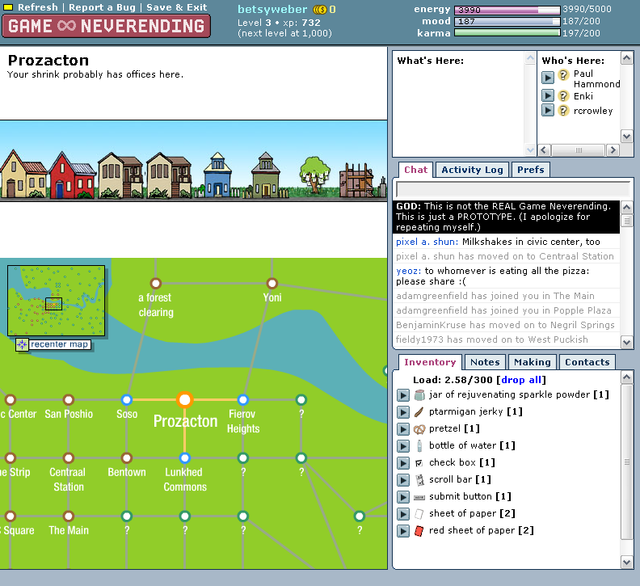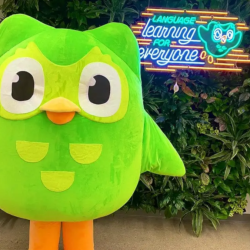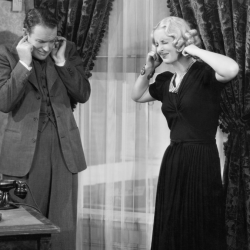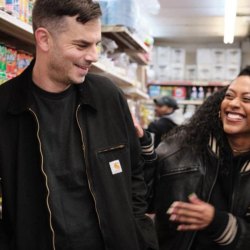I acquire most of my philosophical guidance from kids’ cartoons, and the finest of these is the original Kung-Fu Panda
Helpfully it features a character called Master Oogway, an ancient turtle who dispenses wisdom to whoever needs it. My favourite quote of his springs immediately to mind when I wonder where we go from here: ‘One often finds one’s destiny on the path one takes to avoid it.’ As I tuck those words in at the back of my mind, I am surprised at how often our best-laid plans can vanish into smoke, while our uncomfortable emergency actions can end up taking us to the exact situation we were hoping to find ourselves in. For example, it’s a well-worn truism that being fired is the best thing that can happen to you. Although I’m very aware that this is not always the case, and I did not feel that way on the two occasions I have been ‘let go’, being forced into a new direction can often lead to better things. This definitely applies to brands.
Do you remember Odeo, the podcasting company? Probably not, because in 2005, when Apple announced that they would be podcasting, Odeo saw the writing on the wall. So it gave its employees two weeks to come up with new ideas, one of which was Jack Dorsey’s suggestion of a short message service to share small, blog-like updates with friends. And that’s how Twttr was born, shortly before pivoting the name, and the rest of Odeo to Twitter. What about the online role-playing game called Neverending? You could travel around a digital map, buying, selling and building items, one of which was based around a photo-sharing chatroom called FlickrLive.
Further developments concentrated more on the uploading and filing back-end for individual users, and the chat room was buried in the site map. But as Flickr’s systems evolved away from Neverending‘s codebase the game was eventually dropped, and the company pivoted entirely to Flickr as a photo-sharing site.

Finally, I’m sure you enjoyed using Burbn, a Foursquare-inspired check-in app with gaming capabilities (and named after the founder’s love of whisky).
If not, you were not alone. The owners found the user interface and processes to be too complicated, so they continued to develop the app, brought on another engineer and paid close attention to the user analytics.
They showed that people weren’t actually using this check-in app to check in at all. Instead they were utilising the photo-sharing feature to post images, leading the team to focus on that, scrap everything else, and change the name to Instagram.

Business advice is littered with suggests along the lines of ‘fail better’, which of course requires some failure
Failure requires making the wrong decision and spending time on the wrong path, but every wrong path contains lessons to make the next one better. Even apparent successes can ultimately become failures, which then become greater successes. Look at Steve Jobs, who was ousted from his own company in the ’80s. He left, built Pixar, was asked to return to a failing Apple, and the rest is business and branding history. He just took the right path to the wrong result, then the wrong path to the right result.
Jobs understood that the game is never really over. No matter what slings and arrows you face, you can always find yourself back on track, experiencing your ‘destiny’ at the very point you thought it would never happen. In fact, when considering where you go from here, there may not be any entirely wrong decisions. Every day is a school day and we can only grow in response to adversity.
From Robert Downey Jnr’s rise from drug-addled Hollywood outcast to the biggest star on the planet, to the precipitous fall of the $800m-rated Myspace, we can find many examples of good-gone-bad and bad-turned-good.
One last piece of wisdom on this subject is the answer to the great riddle, ‘How do you make a sad man happy and a happy man sad in four words?’. The answer, ‘This too shall pass’, is a great way to look at any decision from 30,000 feet. When you’re at the top, the only way is down, while people at the bottom can shoot for greatness because they have nothing to lose.
Where do we go from here? Flip a coin and find out.
Featured image: Helena Lopes / Pexels































